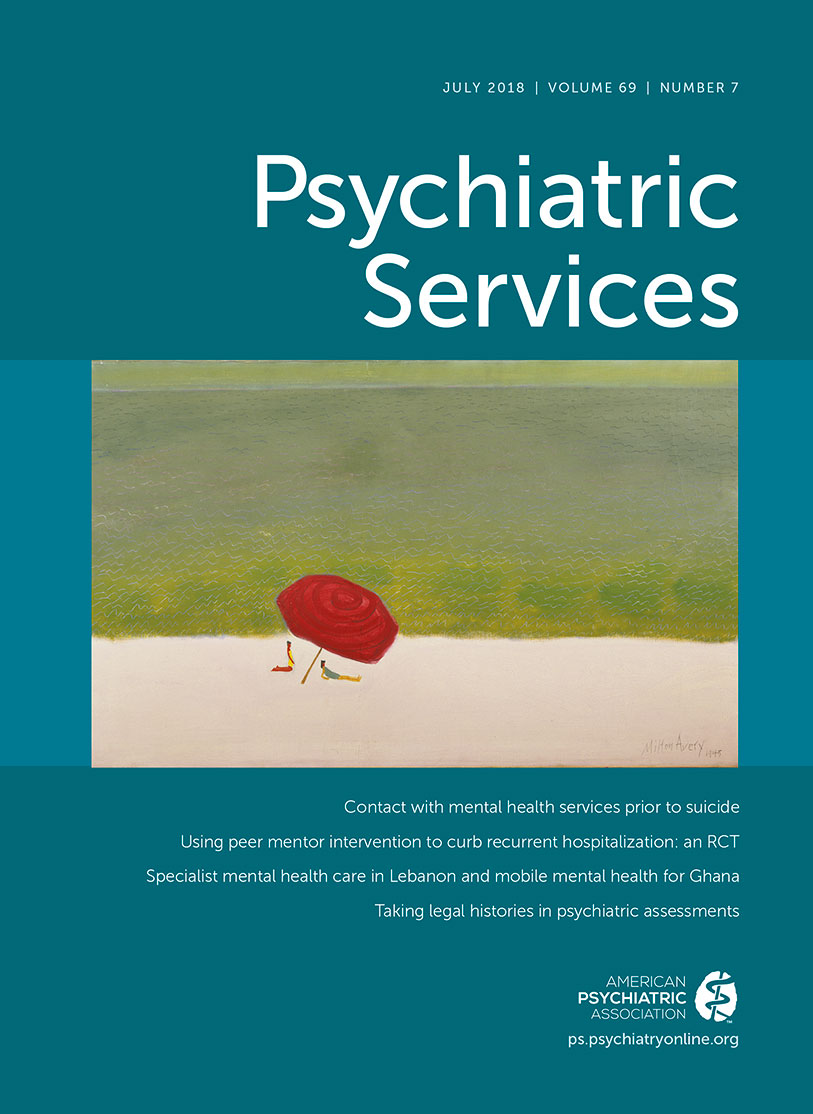Impact of Agency Receipt of Incentives and Reminders on Engagement and Continuity of Care for Clients With Co-Occurring Disorders
Abstract
Objective:
This study examined whether having co-occurring substance use and mental disorders influenced treatment engagement or continuity of care and whether offering financial incentives, client-specific electronic reminders, or a combination to treatment agencies improved treatment engagement and continuity of care among clients with co-occurring disorders.
Methods:
The study used a randomized cluster design to assign agencies (N=196) providing publicly funded substance use disorder treatment in Washington State to a research arm: incentives only, reminders only, incentives and reminders, and a control condition. Data were analyzed for 76,044 outpatient, 32,797 residential, and 39,006 detoxification admissions from Washington’s treatment data system. Multilevel logistic regressions were conducted, with clients nested within agencies, to examine the effect of the interventions on treatment engagement and continuity of care.
Results:
Compared with clients with a substance use disorder only, clients with co-occurring disorders were less likely to engage in outpatient treatment or have continuity of care after discharge from residential treatment, but they were more likely to have continuity of care after discharge from detoxification. The interventions did not influence treatment engagement or continuity of care, except the reminders had a positive impact on continuity of care after residential treatment among clients with co-occurring disorders.
Conclusions:
In general, the interventions did not result in improved treatment engagement or continuity of care. The limited number of significant results supporting the influence of incentives and alerts on treatment engagement and continuity of care add to the mixed findings reported by previous research. Multiple interventions may be needed for performance improvement.



